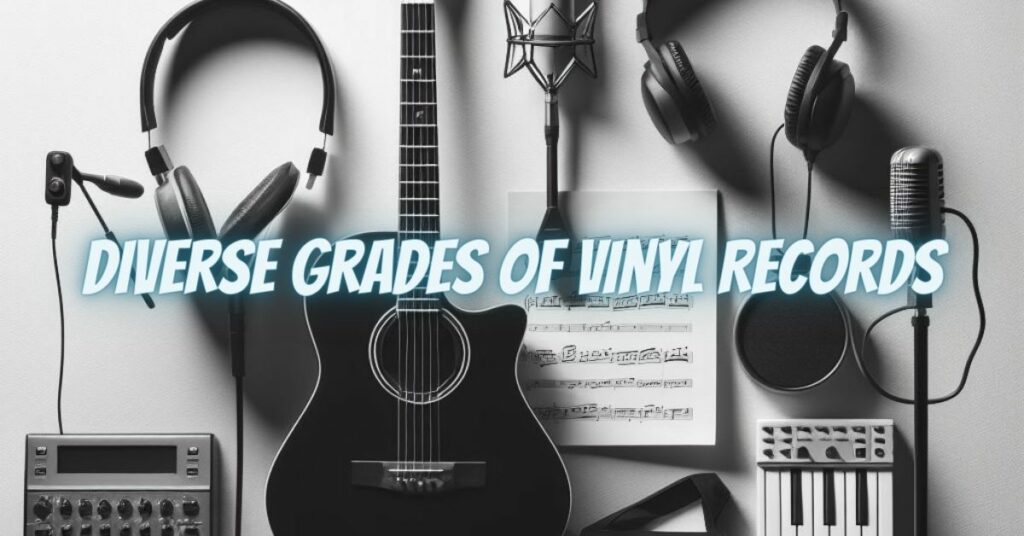Vinyl records have maintained their allure among audiophiles and music enthusiasts for decades. However, when it comes to collecting and buying vinyl, the condition of a record is of utmost importance. In this guide, we will explore the concept of vinyl record grading, helping you understand the various grades and what each grade entails.
The Importance of Vinyl Record Grading
Vinyl record grading is a standardized system used to assess the condition of a record accurately. It allows both sellers and buyers to communicate the state of a record, ensuring a fair exchange of value and an informed purchasing decision. The grading system is essential in the vinyl community, as it serves as a common language for describing record conditions.
Common Vinyl Record Grades
The most widely accepted grading system for vinyl records includes the following grades:
- Mint (M): A mint record is considered to be in perfect, brand-new condition. It has never been played or handled. The cover should also be pristine, with no signs of wear. Mint records are exceptionally rare, particularly for vintage albums.
- Near Mint (NM or M-): Near mint records are almost perfect. They may have been played a few times but still look and sound like new. The cover should exhibit minimal wear and be very close to its original state.
- Very Good Plus (VG+): VG+ records have seen more play but remain in excellent condition. They may have some surface marks or minor wear, but these imperfections should not significantly affect playback. The cover may have some wear, but it should still be relatively well-preserved.
- Very Good (VG): VG records show more signs of wear, including scuffs and scratches, but they should still be playable without major issues. The cover may have moderate wear, possibly including ring wear or seam splits.
- Good (G), Fair (F), Poor (P): These grades indicate records in progressively worse condition. G records may have extensive surface wear and noticeable scratches, and their covers can be heavily damaged. Fair and Poor records are typically only suitable for collectors who want a specific album for its rarity or historical significance, as they may exhibit severe damage or play with substantial noise.
Understanding the Grading Process
While the grading system is relatively straightforward, assessing the condition of a vinyl record can be a nuanced task. Here are some key considerations when assigning a grade to a record:
- Visual Inspection: Examine the vinyl under good lighting to identify scratches, scuffs, and signs of wear. Also, inspect the cover for damage, ring wear, and seam splits.
- Playback Test: Listening to the record is a critical aspect of grading. It helps to identify any pops, clicks, skips, or distortion that might not be visible. A record may visually appear VG+ but play at a VG level due to hidden imperfections.
- Sleeve and Packaging: The condition of the cover, inner sleeve, and any inserts or extras should be factored into the grading. These components can significantly affect the overall condition of the record.
- Labels and Spindle Hole: Check for wear and writing on the labels and any damage to the spindle hole, as this can affect playback.
Understanding vinyl record grading is crucial for collectors and buyers alike. It ensures that records are accurately described and that transactions are fair and transparent. While the grading system provides a common language for assessing vinyl records, it’s important to remember that the grade is a subjective evaluation and can vary slightly from one individual to another.
Whether you’re buying, selling, or simply building your vinyl collection, having a clear understanding of vinyl record grading will empower you to make informed decisions and enhance your enjoyment of this timeless analog medium.


